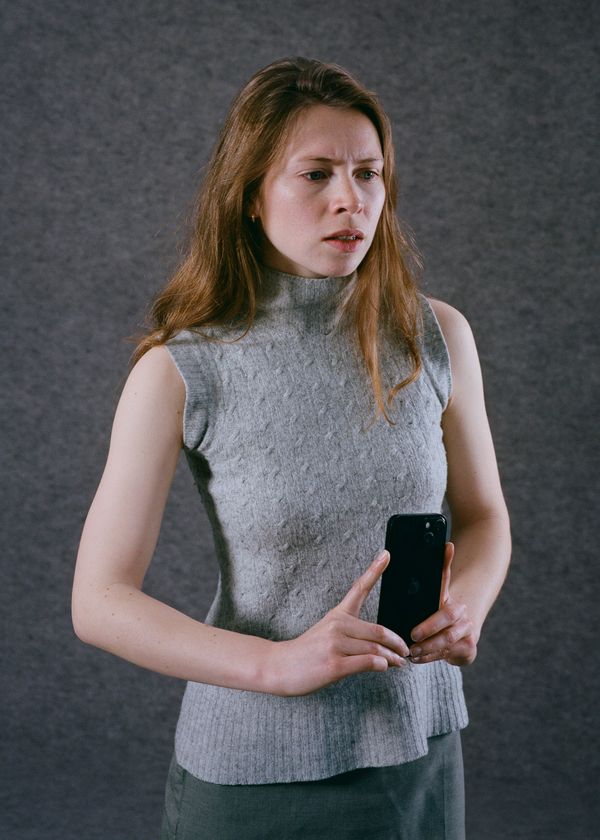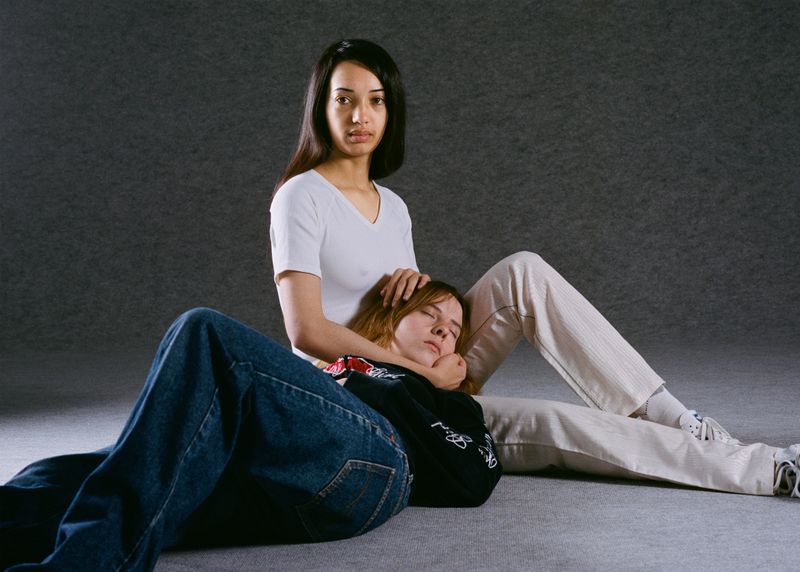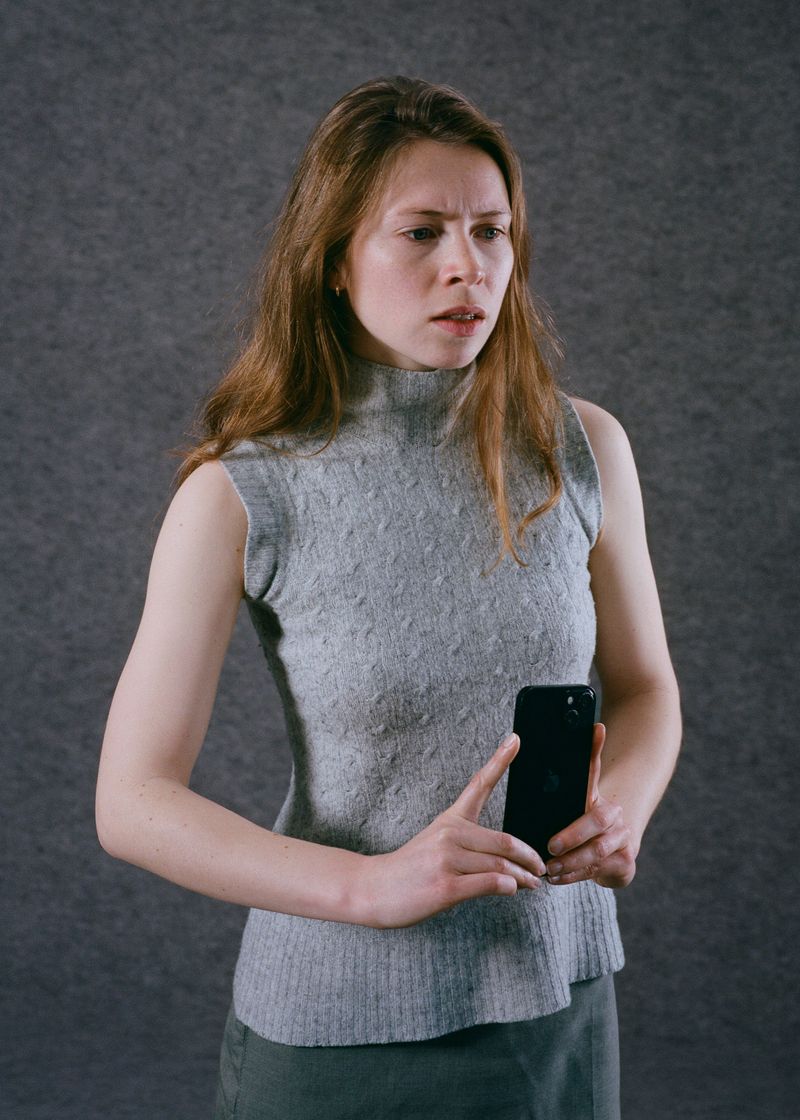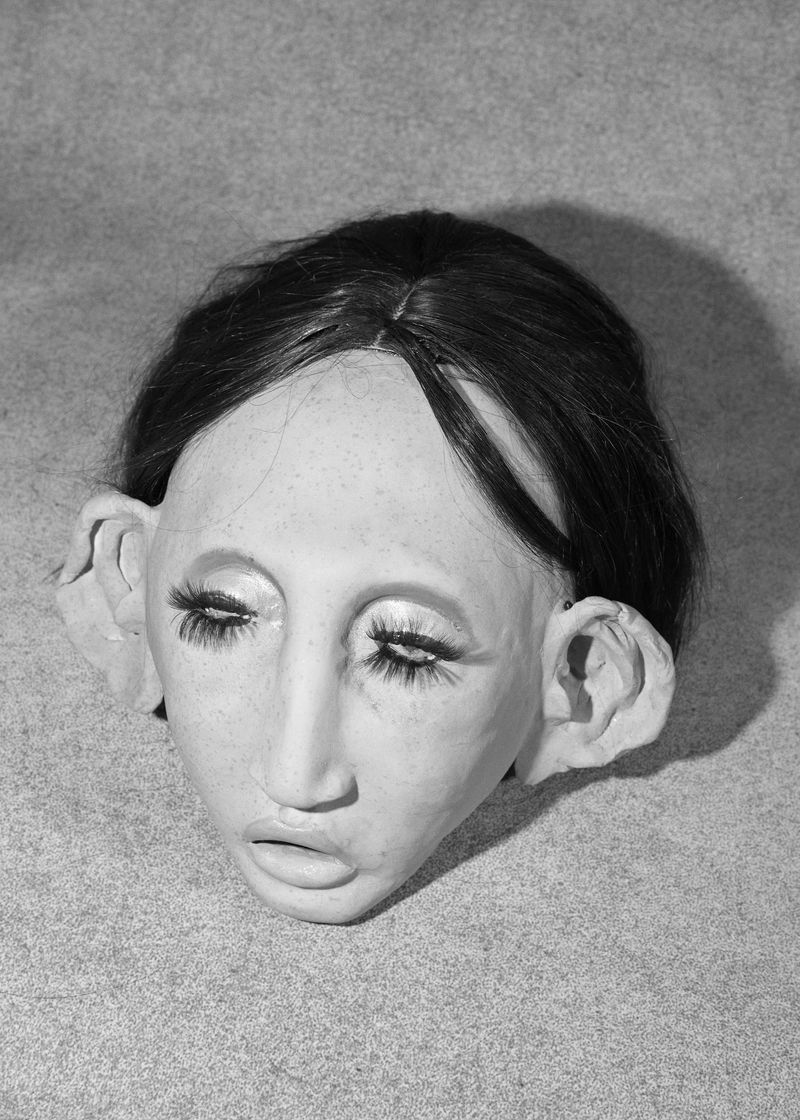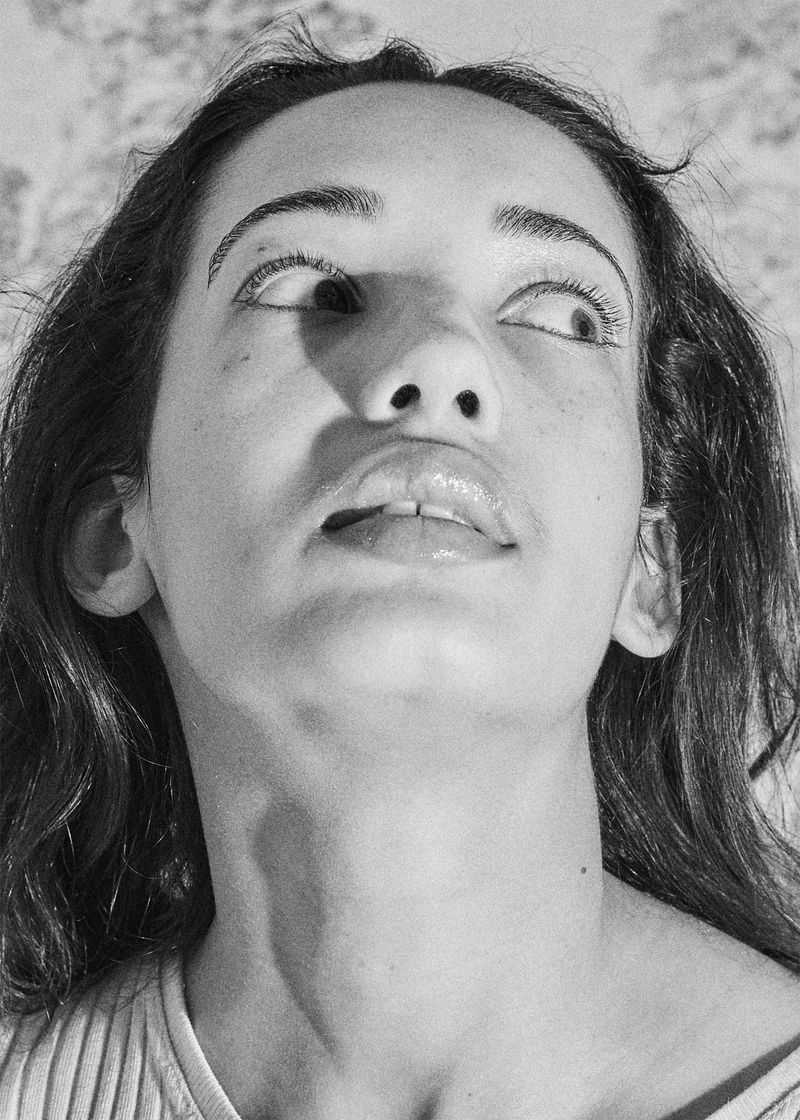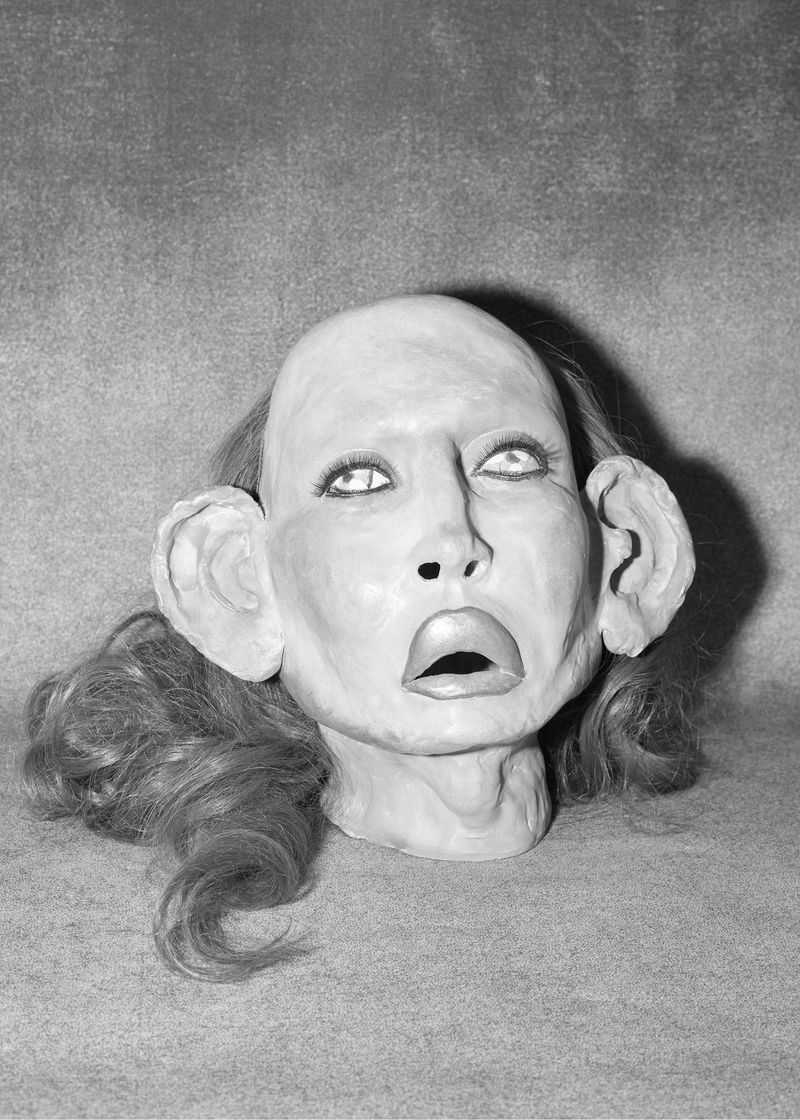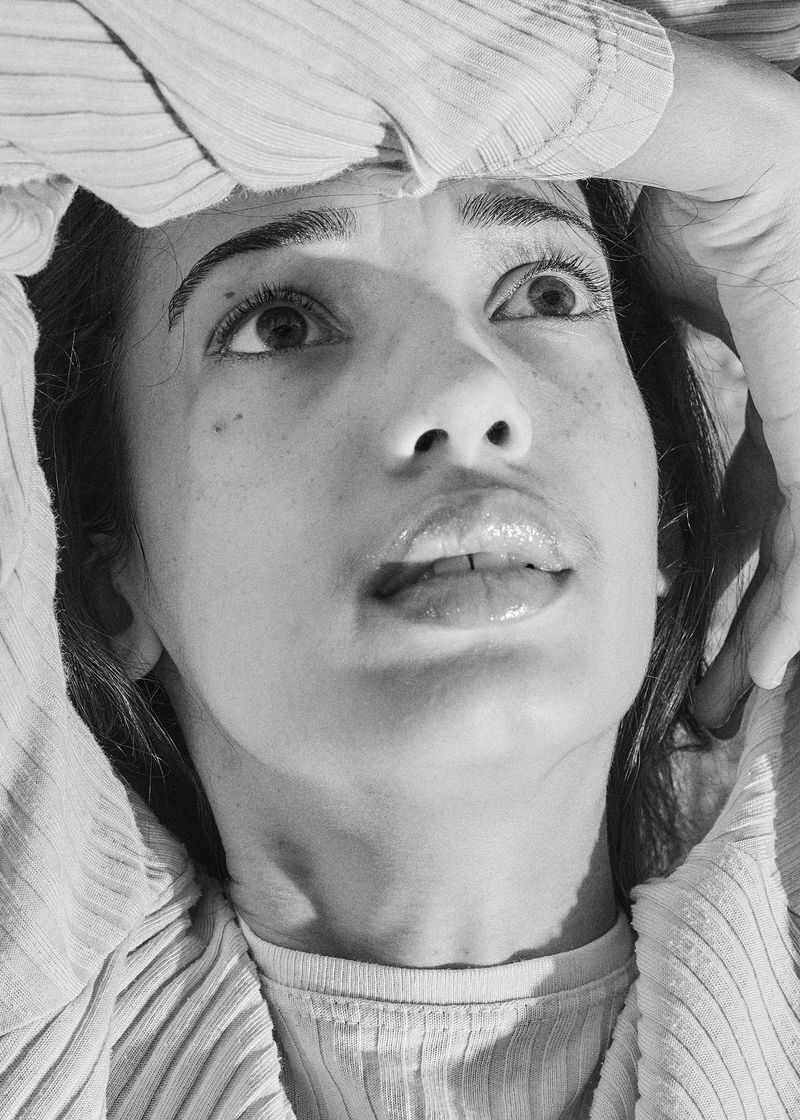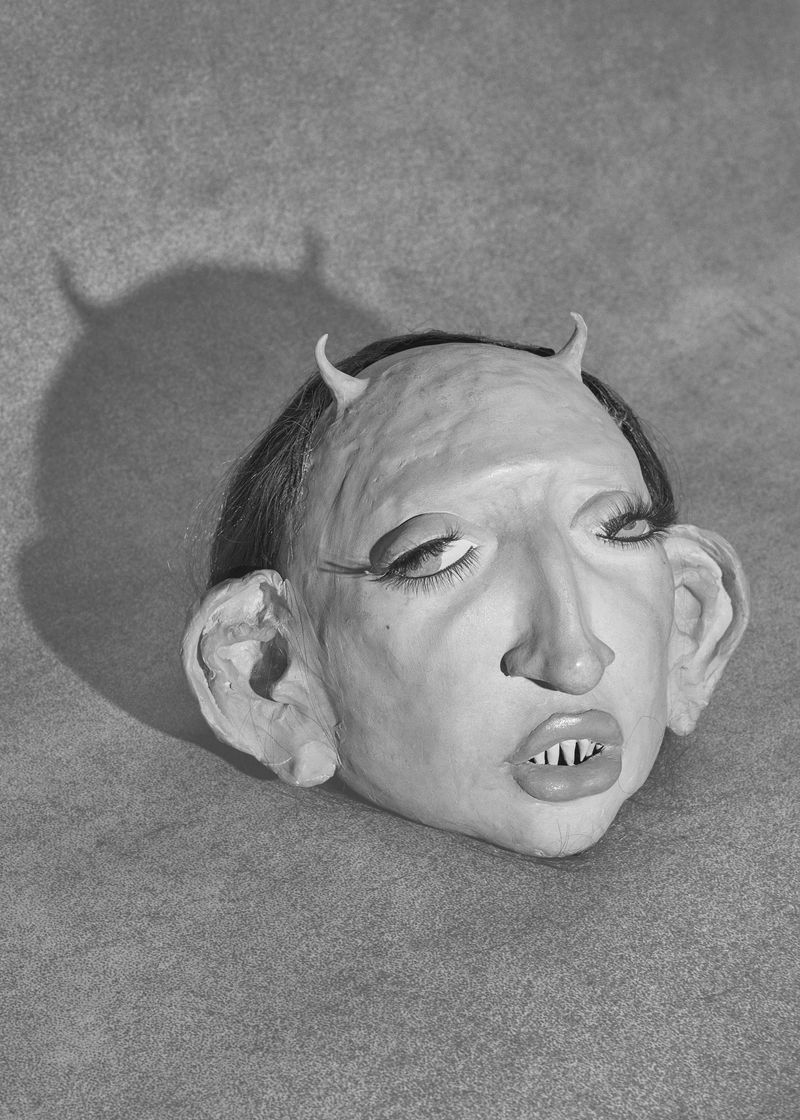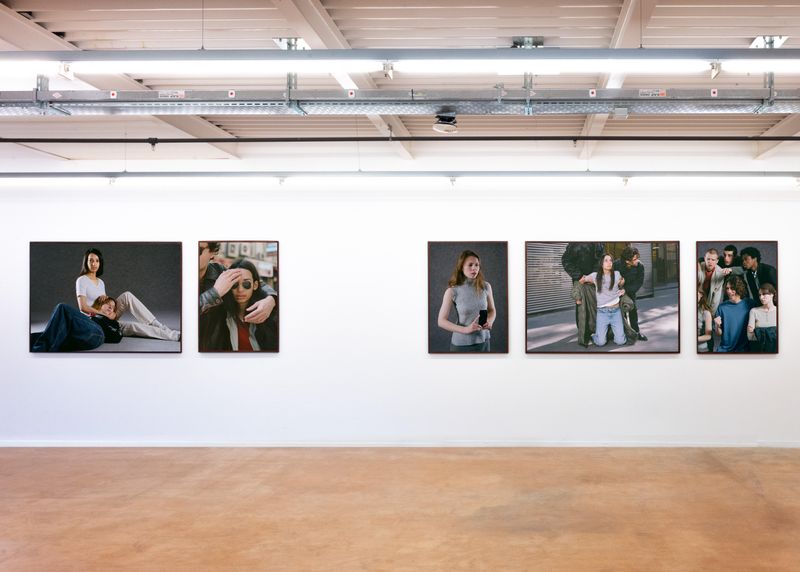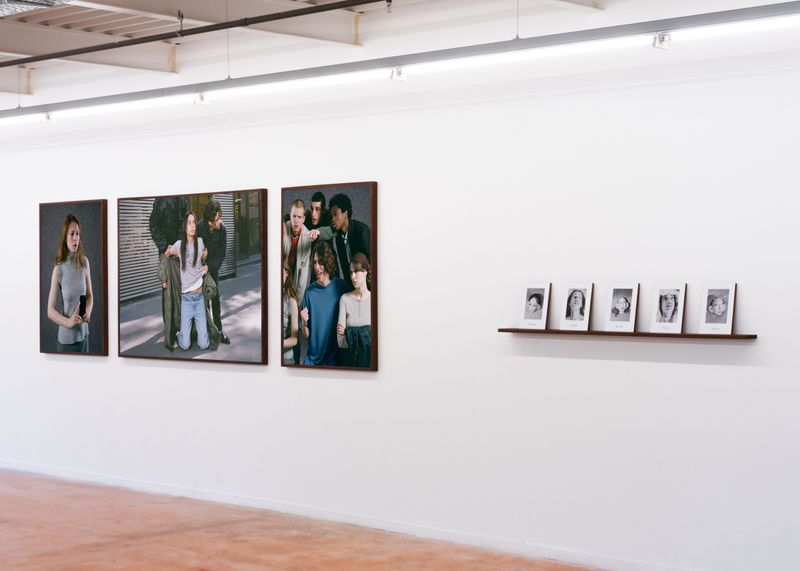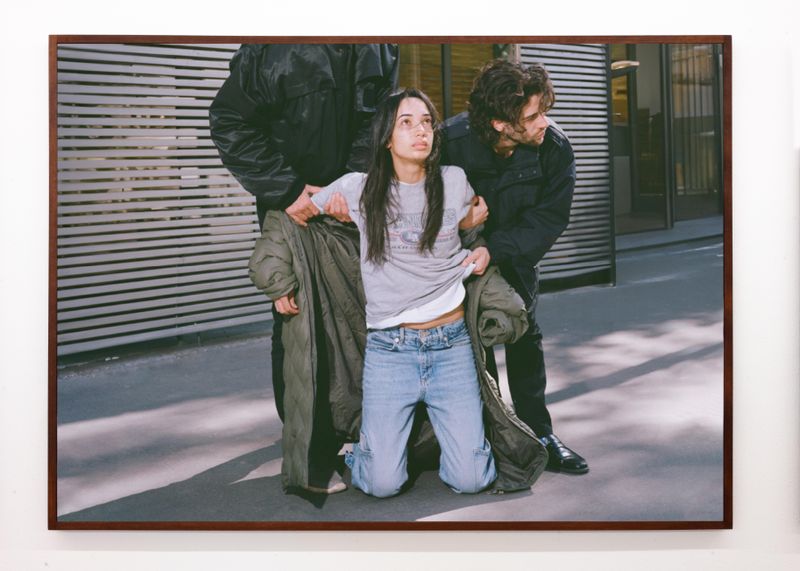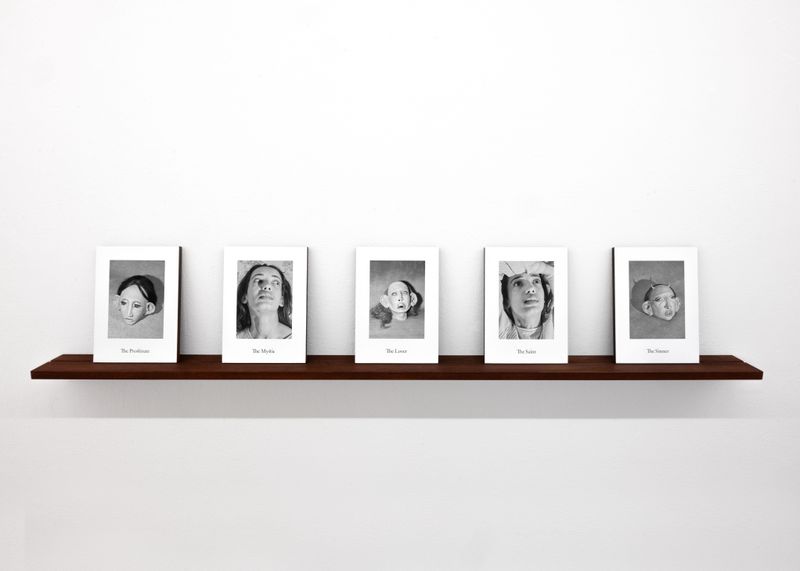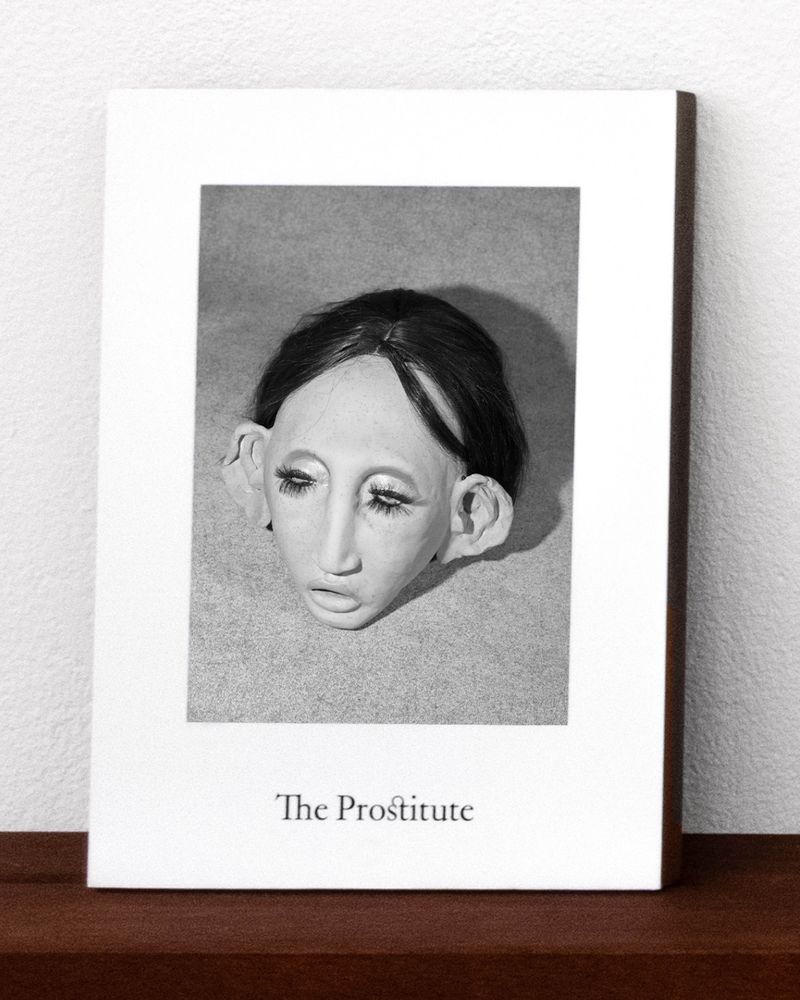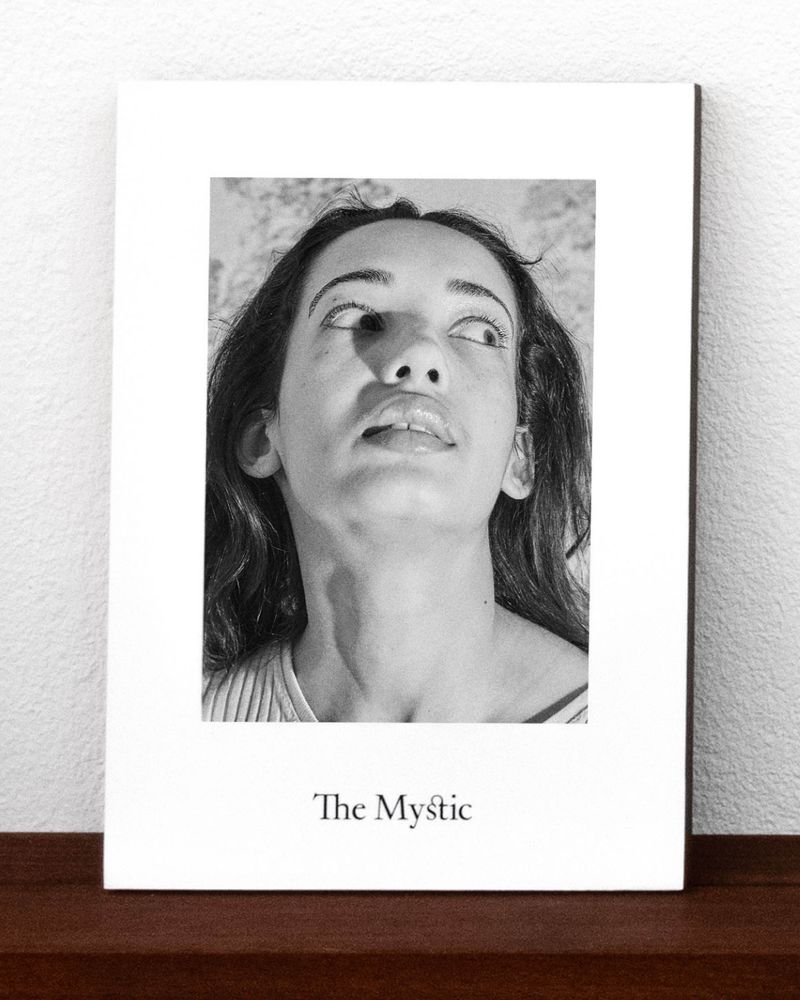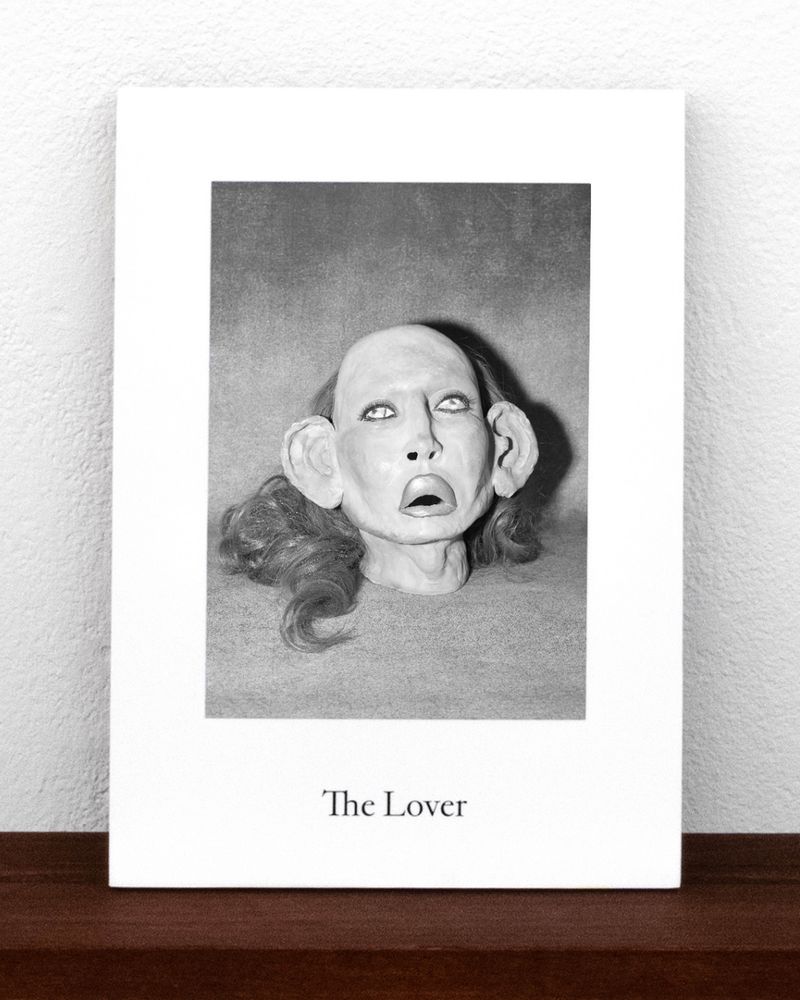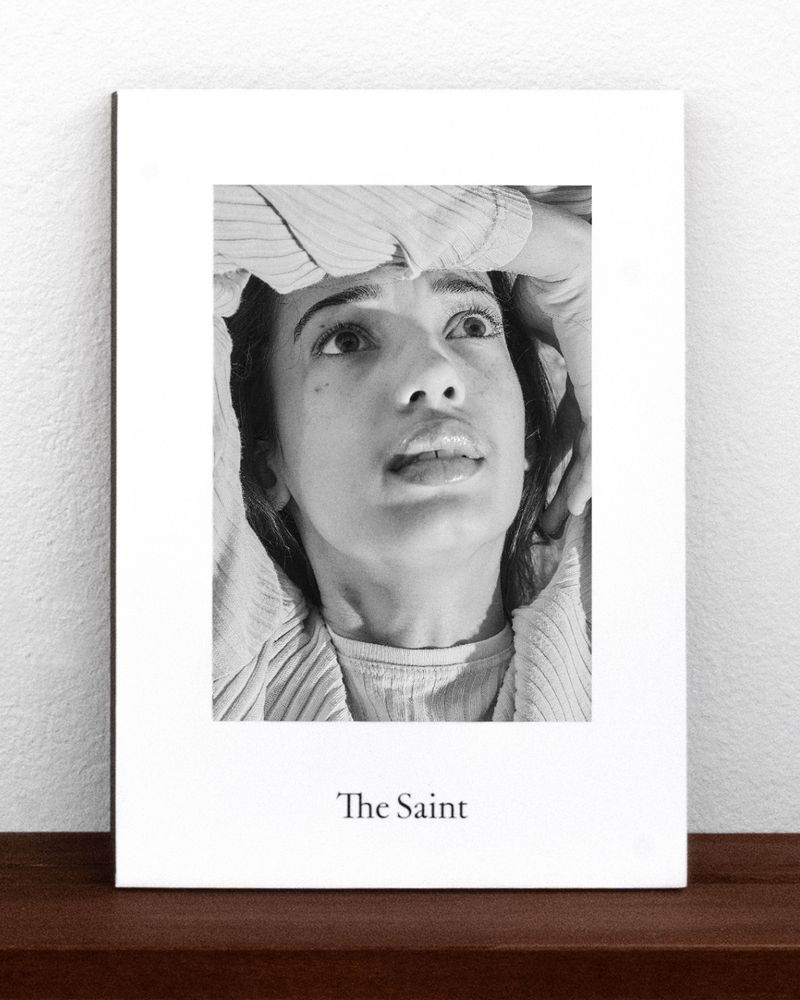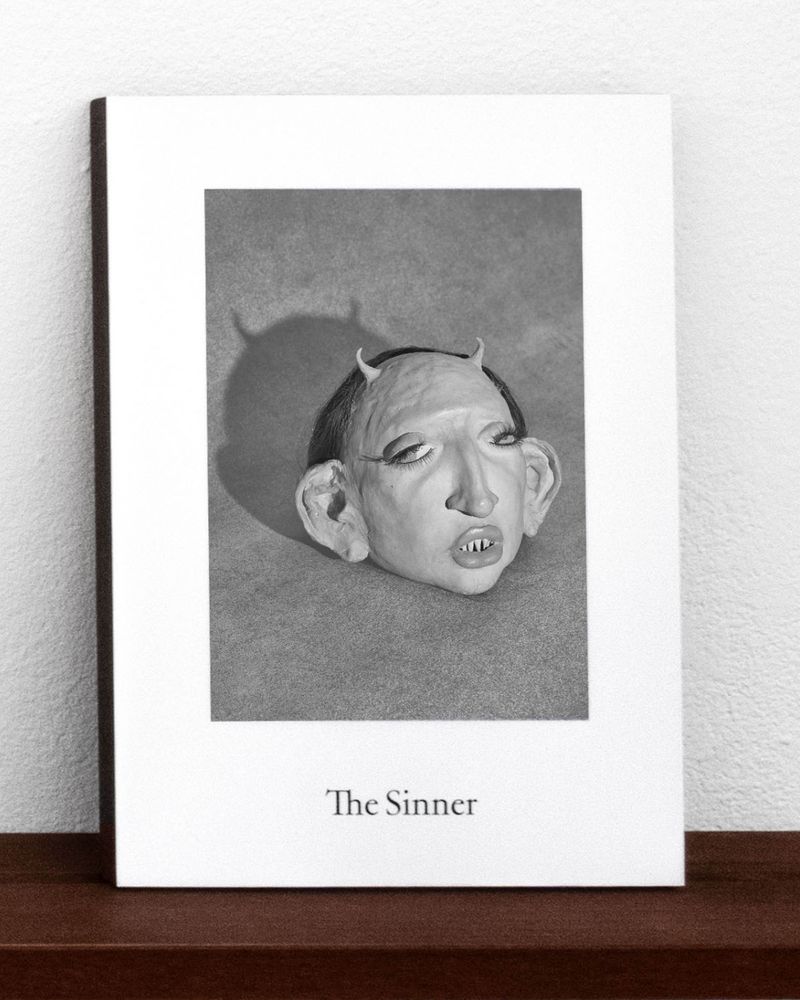Magdalena
-
Dates2024 - Ongoing
-
Author
- Locations Paris, Lausanne
-
Recognition
Mary Magdalene, a key figure and symbol of feminine independence, has long been reduced to erroneous female stereotypes. This project reimagines her story in today's media space, exploring how her power and fate would unfold in a contemporary context.
Magdalena focuses on a forgotten or little-known female figure in Judeo-Christian culture: Mary Magdalene. In the Bible, Mary Magdalene is one of the most important apostles and, most notably, a woman. She was Jesus' favorite, his first witness, and his primary counselor.
Her story has been written and told by men, who chose to assign her various identities, reducing her to female stereotypes. This series of images explores the representation of Mary Magdalene as a public figure in our contemporary era. The installation is composed of scenes from her public life, staged like paintings, using the codes of academic art as well as the culture of paparazzi pictures.
In the first series of images, Mary Magdalene is portrayed as a contemporary icon. The first picture draws inspiration from many academic paintings, representing her lying down in a vulnerable way. Here, Mary Magdalene is the one who stands strong, helping and supporting someone in her arms, serving as a reminder that she is a figure of love.
The second image references paparazzi pictures of superstar Madonna taken during the 1980s when she was married to Sean Penn. This image evokes that period. In the new picture, Mary Magdalene is both protected and restrained by the hands of a man.
On the other side, she is the focal point in a manner that recalls a religious triptych. The fourth image is inspired by powerful and popular depictions of contemporary female icons, such as the famous image of Greta Thunberg being arrested by the police during a protest. The posture also directly references the crucifixion of Christ. On both sides, people are looking at her (in images 3 and 5), who can be seen as her apostles. Each strong female figure is accompanied by an ambiguous gaze; some of the new apostles are defiant, while others are compassionate. The person recording the scene with her phone (the first image on the left) suggests that Mary Magdalene could be a victim of online harassment.
The figure of Mary Magdalene lives on today through the various labels assigned to her: saint, lover, prostitute, sinner, or mystic.
In the series of small black-and-white formats, the size of the images refers to small icons used for prayer, and Mary Magdalene's posture in the central portrait may suggest alienation from all these interpretations. She is tormented by the media machine, and the aesthetic of these images aims to be more dramatic and dreamlike.
The multiplicity of interpretations is depicted in a tangible way through the use of ceramic pieces (the first on the left and the last on the right) created by the artist Clément Garcia. The use of these masks embodies the idea that it is difficult to capture a true image of Mary Magdalene and that each character symbolizes a stereotype of her.
In conclusion, Magdalena reclaims the image of Mary Magdalene, highlighting how her story has been shaped and distorted over time. By reimagining her in today’s media landscape, the project challenges us to rethink the roles and labels imposed on women throughout history. Through a blend of religious iconography and contemporary visual culture, the series not only restores Magdalene’s complexity but also raises questions about how women are viewed and portrayed in the public eye, both then and now.


